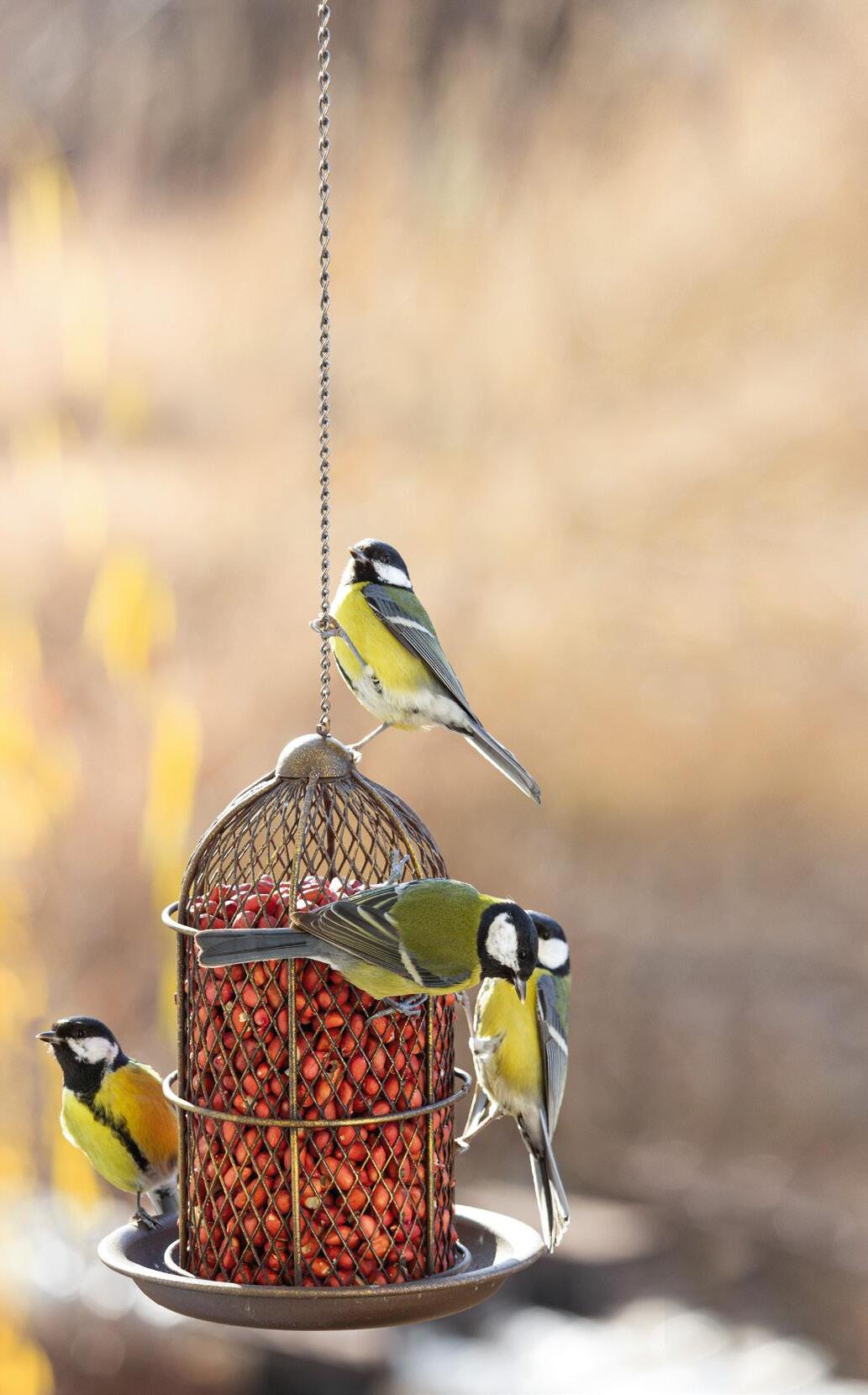
5 minute read
Create Your Own Wildlife Haven
As urbanisation and habitat loss continue to pose threats to wildlife, creating a wildlife garden has become an increasingly popular way to support biodiversity and provide a sanctuary for local flora and fauna.
By designing and maintaining a wildlife garden, you can help provide essential habitats, food sources, and shelter for a wide range of species, from birds and butterflies to hedgehogs and bees.
Advertisement
But remember that the beauty of nature and the wonders of wildlife are not limited to large, untouched landscapes.
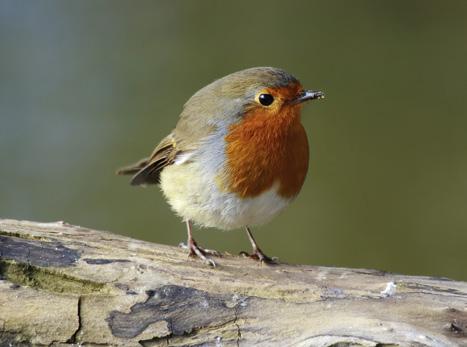
Even in the smallest of gardens, it is possible to create a vibrant ecosystem that attracts and supports a wide variety of wildlife. By making a few thoughtful choices and embracing nature-friendly practices, you can transform your outdoor space - no matter what size - into a haven for biodiversity. So, here are some pointers to help you get started:
Embrace Native Plants
Native plants are essential for attracting local wildlife. They have evolved alongside native species, forming complex ecological relationships that support biodiversity. Incorporate a variety of native wildflowers, grasses, and trees into your garden to provide food sources, shelter, and breeding grounds for insects, birds, and small mammals. Some popular choices include bluebells, foxgloves, primroses, and oak trees.

Aim for a diversity of plant species to create a balanced ecosystem.
Create a Variety of Habitats
A wildlife garden should offer a range of habitats to cater to different species. Consider including features such as a pond, meadow, woodland area, or rockery. A pond, even a small one, can attract frogs, newts, dragonflies, and a myriad of water-dwelling creatures. Meadows provide nectar-rich flowers and attract butterflies and bees, while a woodland area with shrubs and fallen logs can attract birds and small mammals. Incorporate nesting boxes, bat boxes, and bug hotels to provide additional shelter options.
Provide Food Sources
To attract and sustain wildlife, it is crucial to provide a year-round supply of food.
Native plants are a great start but consider supplementing them with bird feeders, bird tables, and nectar-rich flowers. Different species have varying dietary requirements, so offering a variety of food sources will attract a diverse range of wildlife. Remember to avoid harmful chemicals, such as pesticides or herbicides, which can negatively impact wildlife.
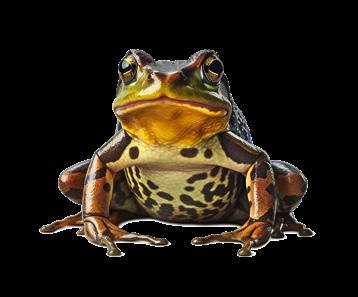
Water Features and Bird Baths
Water is a vital resource for wildlife, so including a water feature in your garden can make a significant difference. A shallow birdbath or a small pond will attract birds, butterflies, bees, and other insects. Ensure that the water feature has a shallow area for easy access and provide stones or logs to enable creatures to drink or safely rest.
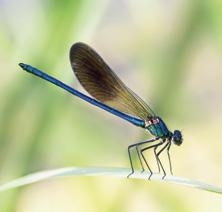
Wildlife-Friendly Maintenance
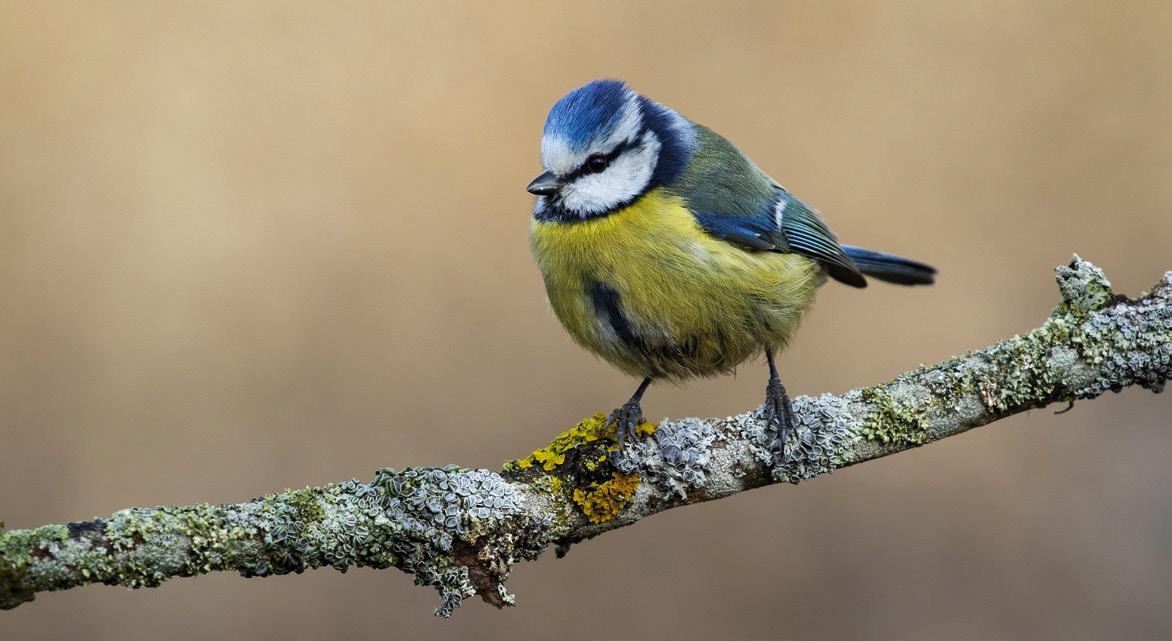
Maintaining a wildlife garden involves striking a balance between a wild, natural space and keeping it under control. Avoid excessive tidiness and embrace a more relaxed approach to gardening. Allow fallen leaves and plant debris to create mulch, which provides a haven for insects and small mammals. Only prune trees and shrubs when necessary and at the appropriate time of year to avoid disturbing nesting birds or hibernating creatures.
So what do Pollinators do?
Fertilisation
Pollinators, such as bees, butterflies, moths, beetles, birds, bats, and even some small mammals, help transfer pollen from the male reproductive organs to the female reproductive organs of flowers. This transfer enables fertilisation to occur, resulting in the production of fruits, seeds, and new plants.

Plant Reproduction
They facilitate the reproduction of plants by ensuring cross-pollination. Cross-pollination involves the transfer of pollen from one plant to another, promoting genetic diversity and enhancing the health and adaptability of plant populations.
Food Production
Pollinators are essential for agricultural production. Many crops, including fruits, vegetables, nuts, and seeds, rely on pollinators for fertilisation. Without pollinators, the yields of these crops would be significantly reduced, impacting food availability and diversity.
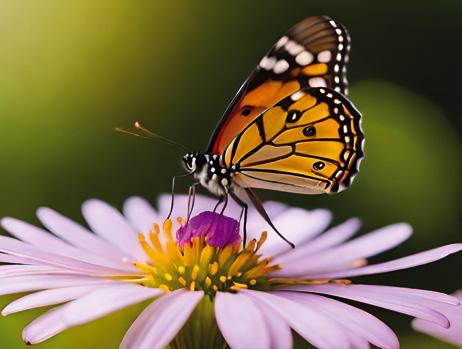
Biodiversity
These pollinators contribute to biodiversity by facilitating the reproduction of a wide range of plant species. They help maintain diverse ecosystems by enabling the growth of different plant populations, which in turn support other organisms that depend on these plants for food and habitat.
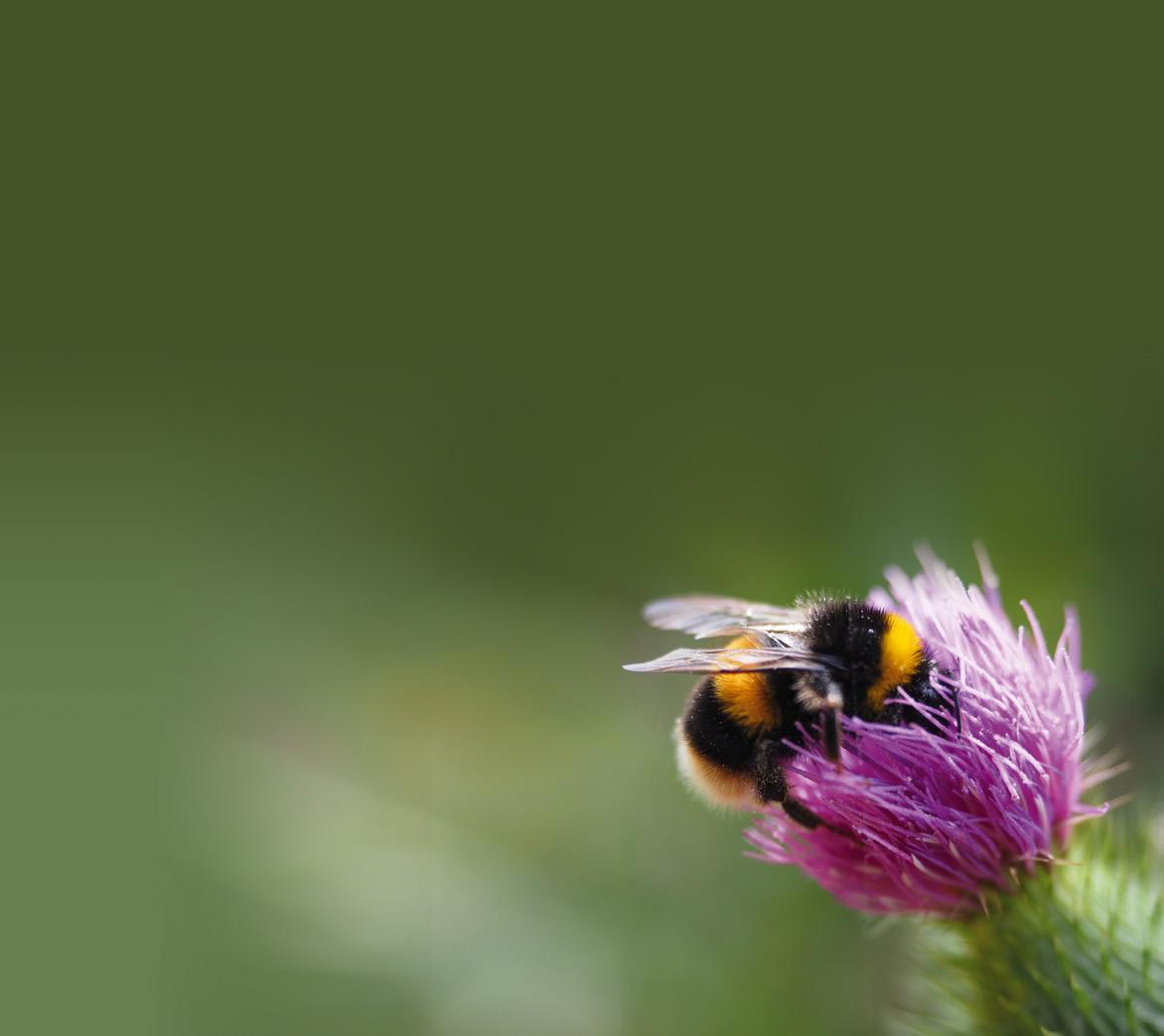
Habitat Creation
Pollinators, such as bees and butterflies, are actively involved in habitat creation. By collecting pollen and nectar from flowers, they inadvertently transfer pollen and contribute to the pollination of various plant species. This process supports the growth and regeneration of plants, thereby creating habitats for other organisms.
Pollinator decline has led to the designation of certain areas as "Pollinator Corridors" or "Bee Roads." These are landscapes where efforts are made to create a connected network of habitats that support pollinators.
Organisations such as the Bumblebee Conservation Trust and Butterfly Conservation operate in both the UK and Ireland to conduct research, raise awareness, and promote the conservation of pollinators. These organisations work with communities, farmers, and policymakers to create a more pollinator-friendly environment.
You can read more on their websites at www.bumblebeeconservation.org and www.butterfly-conservation.org
